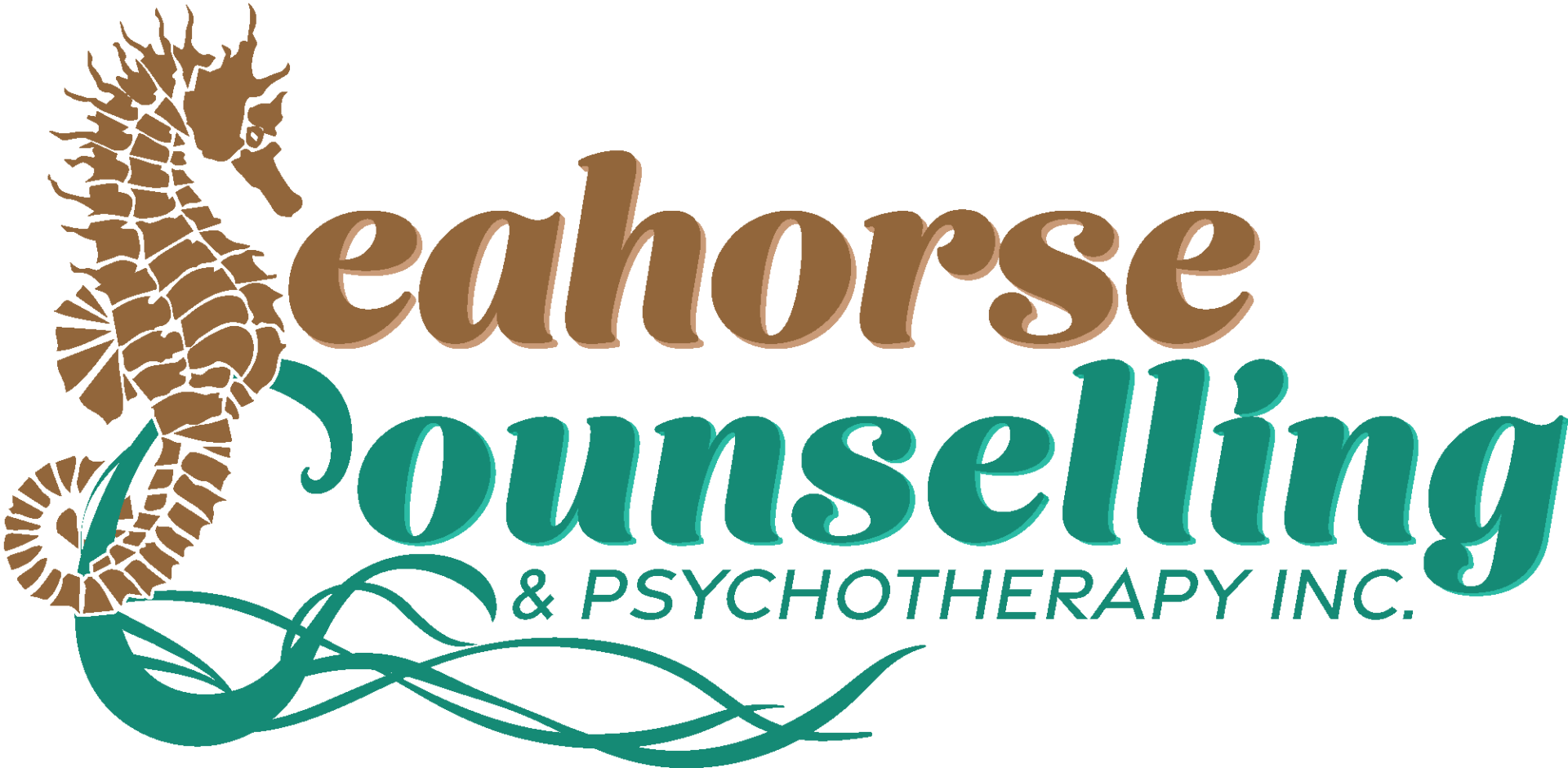With Kate Pinsonneault
Addiction has been misunderstood for decades. It has often been seen as a failure of willpower or a result of poor choices. Research in neuroscience has helped us discover what lies beneath these unconscious but powerful compulsions that lead to addictive behaviours connected to food, gambling, drug use, shopping, sex, technology…
People with addictive behaviours have brains that are structured and wired differently. The reason for this neurological difference is the direct effect of ongoing early stress, trauma, insecure attachment, abuse or neglect in which the child’s psychological needs were not met. Without emotional attunement, a sense of physical and relational safety, and someone to comfort them during times of stress, our brains wire for survival.
In the 1980s, Bruce Perry, Alan Shore, Joseph LeDoux, and others paved the way for studies on the neurological impacts of stress, neglect, trauma and abuse on children. Brain imagery determined that these children had less brain volume, a smaller hippocampus affecting emotional memory and social learning, an enlarged amygdala increasing the fear response, an underdeveloped prefrontal cortex responsible for impulse control and reasoning, and a thinner corpus callosum that is linked to emotional regulation. These individuals are often hypervigilant, defensive, withdrawn, mistrustful, emotionally dysregulated, and dissociate. These are protective responses.
Adverse childhood experiences have a profound impact on early development that lasts into adulthood. Children will often believe that they are the problem, that they are not worthy of love or consideration, that they are bad, they deserve to be mistreated, that they are alone, that no one cares about them, that people are not safe, etc. They hold unbearable feelings of fear, shame, emptiness, and disconnection that imprints on the body and mind.
Dr. Gabor Maté, renowned physician and addiction specialist, explained, “The question is not why the addiction, but why the pain?” Individuals who struggle with addiction are attempting to soothe, numb, or escape from emotional pain rooted in those early beliefs. It is those beliefs that continue to cause stress and keep the brain wired for safety and survival.
Humans cannot sustain high stress over long periods of time. The nervous system craves relief. But for these individuals, relaxing does not feel safe. Their nervous system is wired to constantly be scanning the environment for potential threat and to be ready to react at any moment. If they relax, it actually increases their stress response as they feel vulnerable and not prepared to react if something happens.
It is important to remember that they often hold the belief that bad things happen to them because of who they are and that is what creates their sense of being unsafe. To them, simply being who they are means they will be mistreated, misunderstood, or uncared for. They also are without the internal resources to help them cope or self-sooth, so they must rely on something outside themselves to provide moments of relief.
Central to understanding addiction is the neurotransmitter dopamine. Often called the “pleasure chemical,” dopamine is secreted when there is novelty, the right amount of challenge, and gratification. Dopamine changes a person’s state by engaging the reward system. This helps traumatized individuals stay in an activated state where they feel safe, while providing momentary relief from stress and pain.
This would be a good solution except for the fact that people with early trauma often have underactive dopamine systems. Chronic stress from trauma increases cortisol levels, which damages dopamine neurons over time. The brain is both overstimulated by fear and under-rewarded by positive experiences. As a result, everyday pleasures may feel muted, leading to a reduced ability to feel joy or motivation. To compensate, these individuals may crave a variety of feel-good activities such as shopping, video games, and eating. However, because of their underactive dopamine system, they usually need more of these activities, or they may seek intense experiences such as drug use, sex, or risk-taking challenges in order to stimulate the release of dopamine so they feel some temporary relief.
It makes sense that people will pursue actives that ease their stress and help them feel better, but there is a problem with relying on dopamine. If there is too much dopamine in the system, the body responds by shutting down the dopamine receptors in the brain. And this is what causes these functional behaviours to become addictions. The person realizes that they need more to achieve the same effect, which leads to more extreme compulsive behaviours in an attempt to have that same feel good experience. It is this need to keep increasing the behaviour along with the continued reduction in the desired effect that makes addiction so problematic. They crave an escape from intense and overwhelming feelings and the negative beliefs they hold, but what they have relied on no longer works. It is that craving for relief that often leads to more desperate behaviours.
It is important to recognize that these compulsive behaviours are attempts to self-regulate and survive, not a sign of moral failing. What is need is for these individuals to get the support they need to heal from the early negative beliefs they hold that is at the root of the problem. Simply treating the behaviour alone, does not and will not work.
Therapeutic modalities such as EMDR (Eye Movement Desensitization and Reprocessing), somatic experiencing, Internal Family Systems (IFS), and trauma-focused cognitive behavioural therapy (TF-CBT) can help individuals process and integrate unresolved trauma, create tel-compassion, and change their beliefs about themselves and the world.
Once the trauma has been healed and new beliefs are formed that feel true, it will be important to them help regulate their nervous system so they can find ways to feel safe when they are safe. Practices like mindfulness, breathwork, yoga, polyvagal theory-informed approaches, and grounding techniques can help retrain the nervous system to feel safe, connected, and present. Biofeedback such as the Safe and Sound protocols and Heart Math can also help regulate the nervous system. .
Creating new neural connections and rebuilding healthy dopamine pathways is also important. Engaging in meaningful social connection, creative expression, physical movement, time in nature, and acts of service can help stimulate the brain’s natural dopamine systems in a balanced, sustainable way. Recovery flourishes when there is self-acceptance, belonging, safety, authentic connection, and a sense of purpose.
Addiction is not the enemy; it is a messenger. It is a signal that there is pain and disconnection based on unmet needs that lead to distorted beliefs about themselves. When we shift from seeing addiction as a disease to understanding it as a survival adaptation to trauma and distress, we open the door to compassionate, holistic healing. By working gently with the body, mind, and spirit, individuals can move from struggling to cope to compassion, healing, resilience, and authentic connection to themselves and their life.





